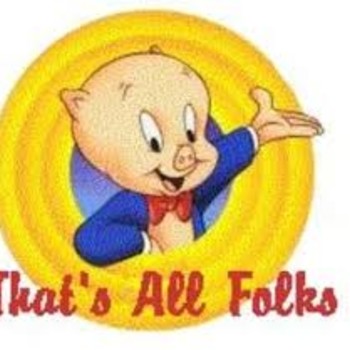Determine whether the number 0.121212… is rational or irrational. What is its fractional equivalent?
2 Answers
Explanation:
we can show
Its fractional equivalent is:
We have to write the repeated number
The answer is
Rational.
Explanation:
We can find a fraction for the decimal this way:
First let's take the original decimal:
and then multiply it by 100:
and now subtract the two:
So up to this point what I've said is that when there is 1 of the decimal, it's
We can then reduce this:
Now that we have a fraction, let's talk about what it means for a number to be rational and what it means for it to be irrational.
A rational number, quite simply, is one that can be expressed using a fraction of integers. For example,
An irrational number is one that cannot be expressed as a fraction of integers.



